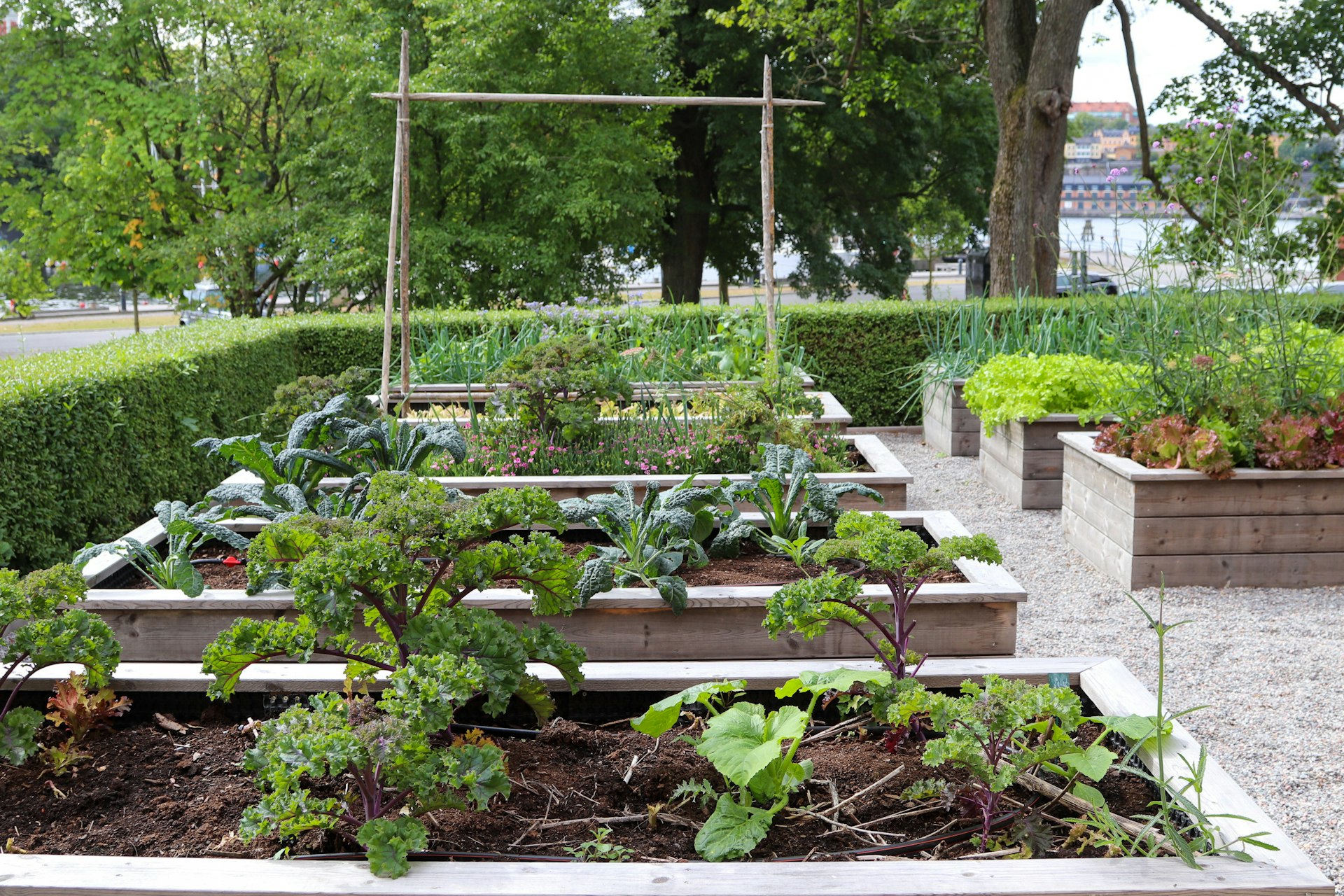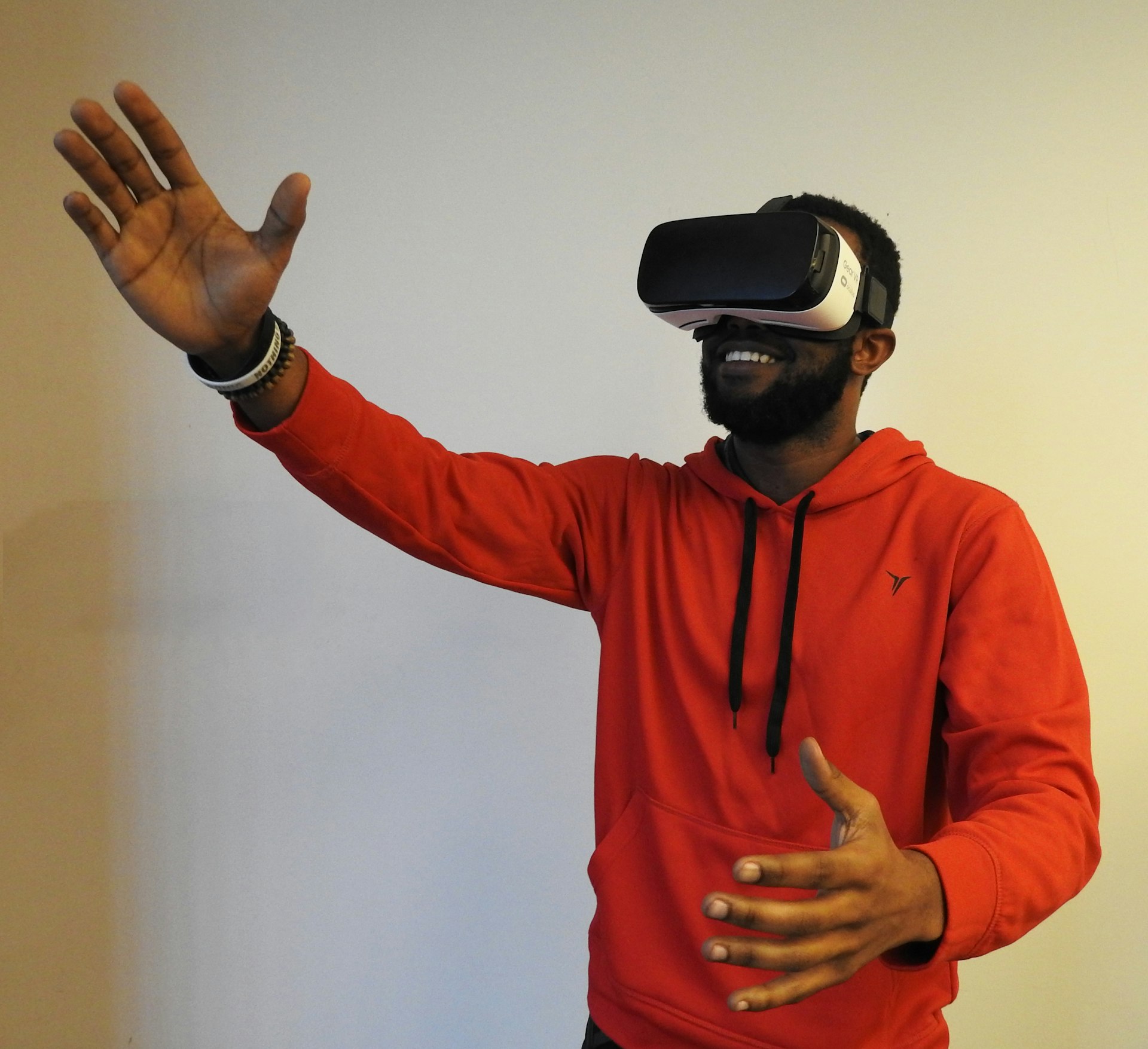Joint-Friendly Fitness: Effective Low-Impact Exercises for Lasting Mobility

Photo by TSquared Lab on Unsplash
Introduction: Why Joint Health Matters
Maintaining strong, pain-free joints is crucial for staying active and independent as you age. Whether you’re managing arthritis, recovering from an injury, or simply hoping to prevent problems down the road, choosing the right exercise approach can make a significant difference. This guide explores low-impact exercises-proven methods that promote joint health by minimizing wear and tear, reducing pain, and supporting long-term mobility. You’ll find practical routines, expert guidance, and step-by-step instructions to help you get started safely and effectively.
Understanding Low-Impact Exercise
Low-impact exercises are workouts that minimize stress on your joints while still providing cardiovascular, muscular, and mobility benefits. Unlike high-impact activities such as running or jumping, which can contribute to joint deterioration over time, low-impact routines allow you to stay fit without risking injury or aggravating existing issues. [1] This makes them ideal not only for older adults or those with joint concerns, but also for anyone seeking sustainable, lifelong fitness.
Top Low-Impact Exercises for Joint Health
Several low-impact exercises have been consistently shown to support joint health, relieve pain, and promote mobility. Below you’ll find detailed descriptions, real-world examples, and implementation guidance for the most effective options:
1. Walking
Walking is an accessible, low-impact activity suitable for nearly everyone. It strengthens the lower body, increases cardiovascular fitness, and can be done almost anywhere. [1] For beginners, start with five to ten minutes at a comfortable pace, gradually increasing duration as you build strength. Use supportive shoes to reduce stress on knees and hips. If you experience discomfort, consider walking on softer surfaces such as grass or a track rather than concrete.
Example: Judy, age 65, found that daily walks in her local park improved her stamina and decreased her knee pain over three months. She started with short distances and slowly increased her pace and duration as her strength improved.
2. Swimming and Water Aerobics
Exercising in water is gentle on the joints because the buoyancy reduces body weight load, allowing for a full range of motion without strain. [2] Swimming strokes-such as freestyle or breaststroke-engage multiple muscle groups while maintaining joint safety. [3] Water aerobics classes often incorporate group routines tailored for joint health.
Implementation: Start by walking laps in the shallow end, gradually adding basic strokes or joining a water aerobics class. Most community recreation centers and YMCAs offer water fitness programs. Contact your local facility or search for “water aerobics classes near me” for options.
Potential Challenges: Some may feel less confident in water-consider joining beginner classes with certified instructors. If you have medical devices or conditions affecting swimming, consult your healthcare provider first.
3. Cycling (Stationary or Outdoor)
Cycling, whether on a stationary bike or outdoors, is another joint-friendly exercise. It strengthens the legs and improves cardiovascular health without impact on knees or hips. [2] Stationary bikes are especially useful for those with balance concerns or during inclement weather.
Step-by-Step Guidance: Adjust the seat and handlebars for proper alignment before riding. Begin with short, low-resistance sessions (10-15 minutes), increasing duration and resistance as tolerated. Many gyms offer recumbent bikes for added back support.
Alternative: If you prefer outdoor cycling but have knee issues, select flat, paved paths and avoid hills to minimize joint stress.
4. Yoga and Tai Chi
Yoga and Tai Chi focus on flexibility, balance, and mindful movement. Both practices use slow, controlled motions that gently mobilize the joints and improve overall function. [2] Regular practice can also decrease pain and boost mental well-being.
Practical Application: Look for classes specifically designed for beginners or individuals with joint concerns. Many studios offer “gentle yoga” or “arthritis-friendly” sessions. Online videos from reputable instructors are also available-search for “gentle yoga for joint health” on well-known video platforms.
Challenges: Some positions may initially feel uncomfortable; use props such as blocks or straps to modify movements. Always inform your instructor of any limitations.
5. Pilates
Pilates emphasizes core strength, posture, and flexibility-all of which help stabilize and protect joints. [2] Mat-based Pilates routines require minimal equipment and can be done at home. Start with beginner-level videos or group classes tailored for joint health.

Photo by Shivam Tiwari on Unsplash
Example: Mark, who experiences mild hip pain, found that adding Pilates twice a week improved his balance and reduced discomfort during daily activities.
6. Rowing and Elliptical Training
Rowing machines and elliptical trainers provide full-body workouts that are low-impact by design. [3] Rowing develops upper and lower body strength, while elliptical trainers are especially beneficial for those seeking an aerobic workout with minimal joint loading.
Implementation Steps: Begin with low resistance and short sessions. Focus on proper form to avoid overuse injuries. Many fitness centers offer introductory lessons; inquire at your local gym or recreation center.
Building a Low-Impact Exercise Routine
Creating a balanced regimen is essential for maximizing benefits and minimizing risk. The Mayo Clinic recommends a combination of aerobic, strengthening, and range-of-motion exercises for optimal joint health. [4]
Sample Weekly Plan:
- 3-5 days/week: Aerobic activity (walking, cycling, swimming) for 20-30 minutes
- 2-3 days/week: Strength training with resistance bands or light weights
- Daily: Gentle stretching or yoga to maintain flexibility and range of motion
Getting Started: Begin slowly, especially if new to exercise or returning after a break. Warm up with gentle movement and cool down with stretching after each session. Always listen to your body and adjust intensity as needed.
Tips for Success: Wear supportive footwear, use proper equipment, and stay hydrated. If you experience persistent pain or swelling, consult your healthcare provider before increasing intensity. [5]
Accessing Programs and Professional Support
Many communities offer programs and resources specifically designed for joint health:
- Community Centers and YMCAs: Search for “joint-friendly fitness classes near me” to find local offerings.
- Certified Personal Trainers: Look for trainers with experience in low-impact exercise and joint health. Ask about their certifications and experience with arthritis or injury recovery.
- Physical Therapy Clinics: If you have chronic joint pain or a history of injury, a physical therapist can design a customized program. To find one, ask your physician for a referral or search for “licensed physical therapy clinics” in your area.
- Online Resources: Reputable organizations such as the Arthritis Foundation and major health systems provide free videos, guides, and virtual classes. Search for “Arthritis Foundation exercise programs” or visit the Mayo Clinic’s website for guidance on arthritis-friendly routines.
If you need financial assistance or adaptive equipment, contact your local health department or Area Agency on Aging. Staff can direct you to subsidized fitness classes or equipment loan programs in your region.
Challenges and Solutions
Starting a new exercise routine can present obstacles, especially for those with pain, limited mobility, or previous injuries. Key challenges and practical solutions include:
- Pain Flare-Ups: Begin with gentle movements and stop any exercise that causes sharp or increasing pain. Apply ice afterward if needed. Consult a physical therapist for modifications.
- Lack of Motivation: Set realistic goals, track progress, and consider joining group classes for accountability.
- Accessibility: If you have difficulty accessing gyms or pools, try home-based routines such as chair yoga or resistance band exercises. Many routines require minimal equipment and space.
Remember, even small amounts of movement-such as walking the dog, gardening, or light housework-can help maintain joint mobility and prevent stiffness. [4]
Alternative Approaches and Precautions
If certain activities are not feasible, consider alternatives like chair-based routines or aquatic therapy. Always check with your healthcare provider before starting a new exercise program, especially if you have medical conditions or are recovering from surgery. [5]
Key Takeaway: There is no one-size-fits-all solution. Your ideal routine will depend on your individual health status, preferences, and goals. The most important step is to begin-however small-and build consistent habits over time.
References
- [1] Raynham Athletic Club (2025). The Benefits of Low Impact Training for Joint Health.
- [2] North Lakes Pain Consultants (2025). Effective Low-Impact Exercises to Reduce Joint Pain.
- [3] Healthline (2024). 5 Low Impact Cardio Exercises That Protect Your Joints.
- [4] Mayo Clinic (2023). Exercising with arthritis: Improve your joint pain and stiffness.
- [5] Harvard Health (2009). Exercise and Your Joints.
MORE FROM cheerdeal.com













